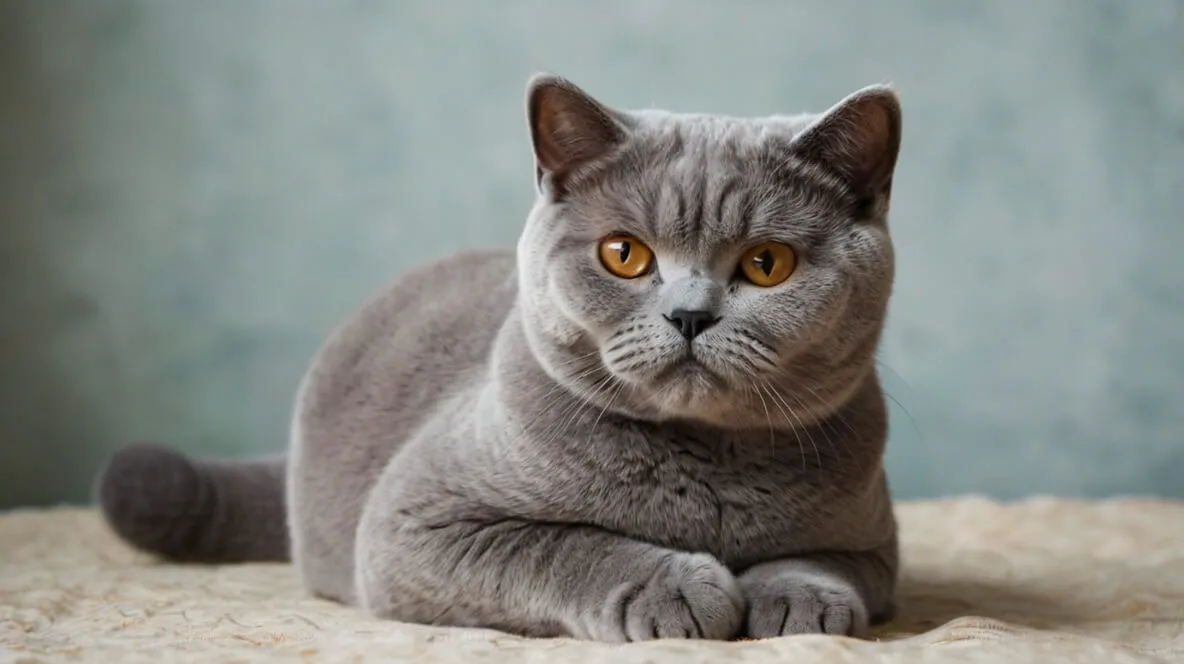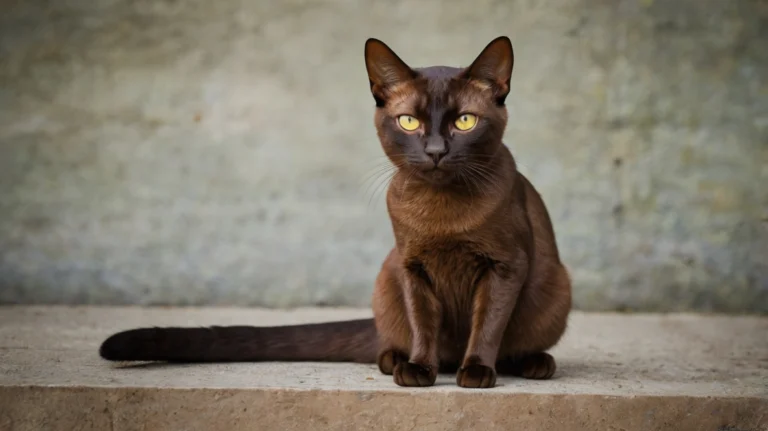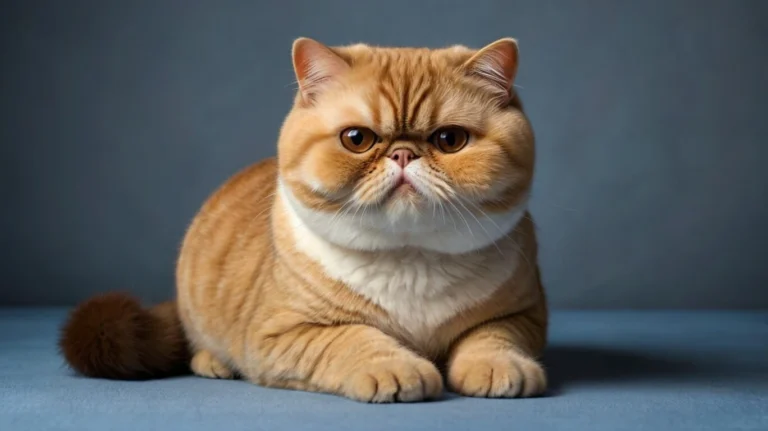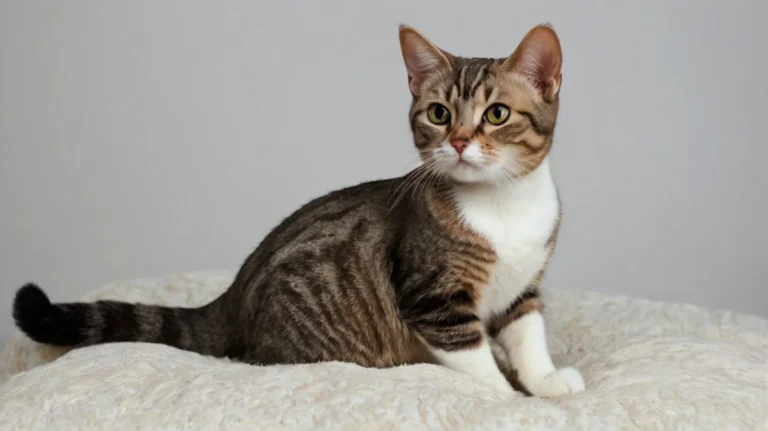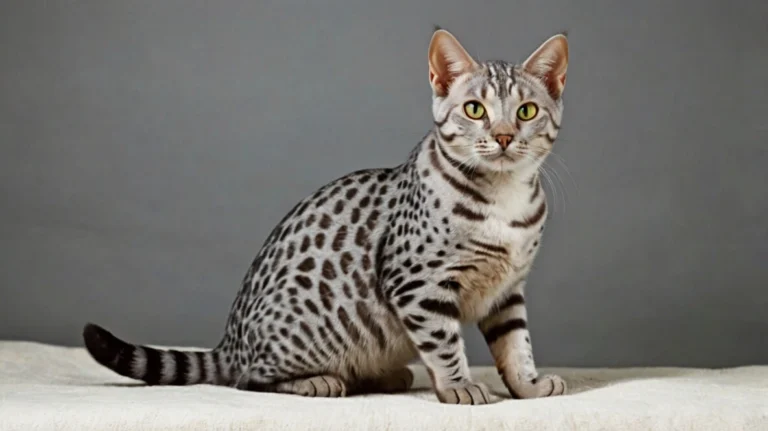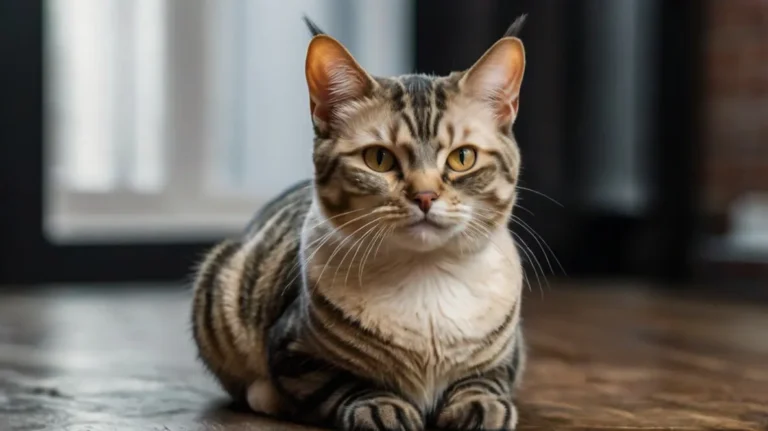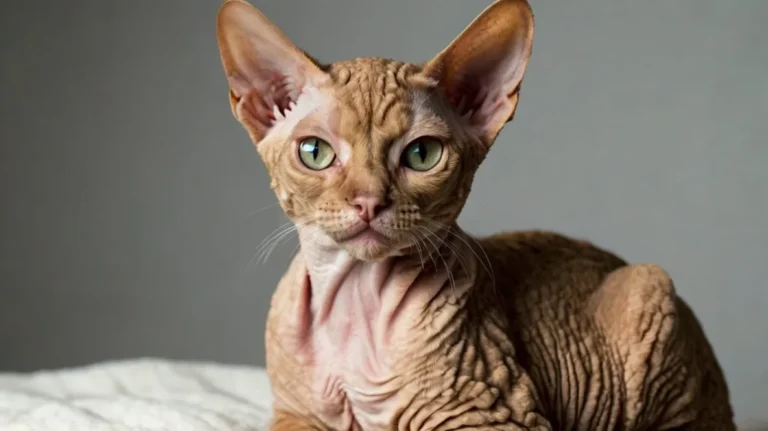The British Shorthair cat : caracteristics, Personality and History
Introduction
One of Britain’s oldest natural breeds, the British Shorthair has evolved from skilled rodent hunter to beloved companion, maintaining its signature dense coat, muscular frame, and easygoing temperament through the ages. Often called the “teddy bear of cats,” this breed charms owners with its round face, copper eyes, and easygoing personality. Originally bred as working cats in Britain, they’ve evolved into ideal family companions—low-maintenance, affectionate, and adaptable to various lifestyles.
Whether you’re considering adopting a British Shorthair or simply want to learn more about this iconic breed, this guide covers everything—from their history and appearance to temperament, care needs, and health considerations.
History & Origin of the British Shorthair
The British Shorthair traces its roots back to Roman-era Britain, where they were prized for their hunting skills and resilience.
- Developed from domestic cats brought by Romans around 2,000 years ago
- First recognized as a formal breed in 1871 at London’s Crystal Palace
- Nearly went extinct post-WWII; revived by crossing with Persians
- CFA recognition in 1980
For more information on different feline varieties, explore our complete guide to All About Cat Breeds
Physical Characteristics of the British Shorthair
True to type, British Shorthairs boast a substantial, muscular frame – medium-large in size with a characteristically compact, powerful build and an exceptionally dense double coat that gives them their signature plush appearance.
Key Features:
- Coat: Dense, crisp texture with a “crisp” feel (many colors, but blue-gray is most iconic)
- Eyes : Distinctive large, round in rich copper or gold (most common), with blue eyes appearing in colorpoint varieties, all set wide in their broad faces.
- Body: Broad-chested with strong legs and rounded paws
- Face: Chubby cheeks and a sweet expression
- Weight:
- Males: 9–17 lbs
- Females: 7–12 lbs
Personality & Temperament
British Shorthairs strike the perfect balance – gentle yet playful, devoted but not clingy, with an easygoing nature that makes them ideal for serene homes.
Key Personality Traits:
- Calm & Easygoing – Not overly active but enjoys playtime
- Affectionate but Independent – Loves attention but isn’t clingy
- Quiet & Polite – Rarely vocal, communicates with soft chirps
- Good with Kids/Pets – Patient and tolerant
British Shorthair Care & Health
Grooming Needs:
- Weekly brushing (more during shedding seasons)
- Regular nail trims
Diet & Nutrition:
- High-protein, portion-controlled meals (prone to obesity)
- Promote hydration – Provide running water fountains and wet food to help prevent common urinary issues in this breed.
Common Health Issues:
- Hypertrophic Cardiomyopathy (HCM)
- Joint problems (due to stocky build)
- Average lifespan: 12–20 years
Is a British Shorthair Right for You?
✅ Best For:
- Families, singles, or seniors
- First-time cat owners
- Those wanting a low-maintenance pet
❌ Not Ideal For:
- Owners seeking a highly active or vocal cat
- Those wanting a lap-only feline
Where to Adopt or Buy
- Reputable Breeders: CFA/TICA listings
- Rescue Groups: Some specialize in British Shorthairs
- Price Range: 1,000–1,000–2,500
Final Thoughts
The British Shorthair is a sturdy, sweet-natured breed that brings quiet companionship to any home. Their plush coat, round features, and laid-back personality make them one of the most popular and recognizable cats worldwide.
Considering one? Their adaptable nature and minimal grooming needs make them excellent pets for most households!
Helpful Resource
- Health & Care Guide : International Cat Care – British Shorthair Advice

